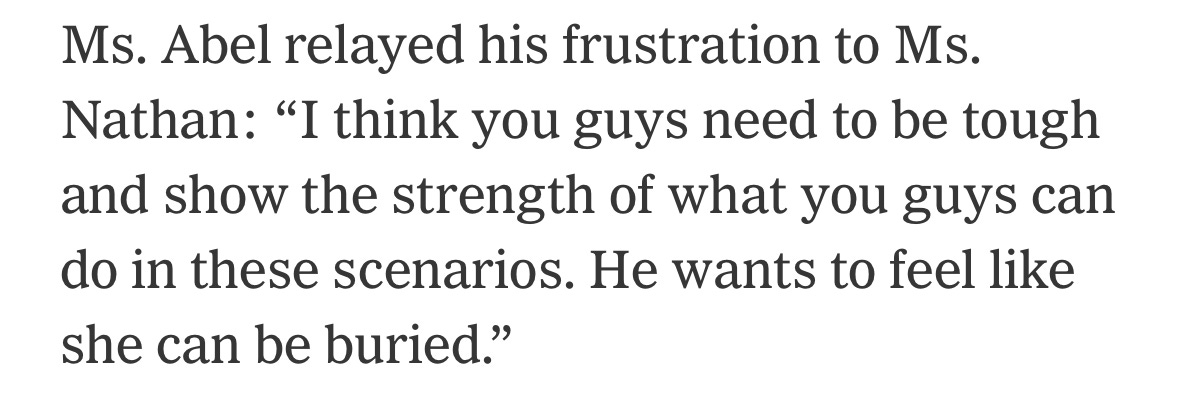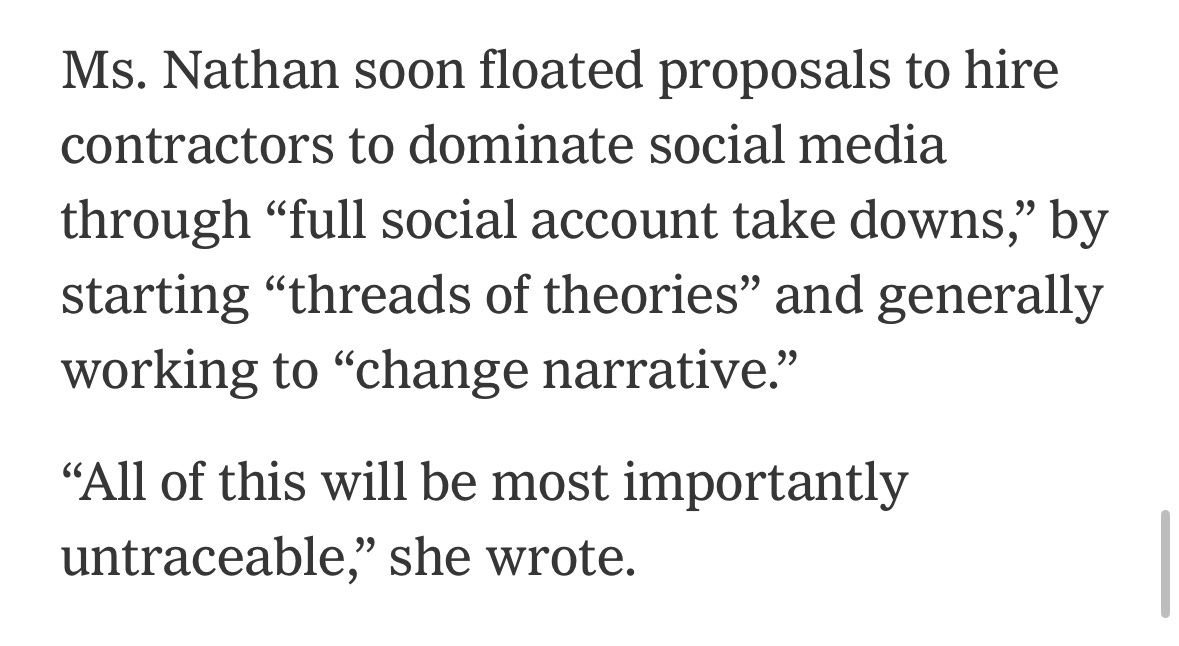I’ve been getting a lot of questions about my thoughts on the Blake Lively and Justin Baldoni situation. I have a lot of them. I spent a good portion of my career covering celebrity news and “gossip.” I know very well how the machine works and how the sausage gets made. It truly is often as gross as actual sausage making and I promise there are a lot of pig assholes involved.
First and foremost I think this is a media literacy issue and that’s how I am going to talk about it. It’s always been important to break down how content is made, especially content concerning influential people, but in the age of social media I think it is more important than ever.
But first let’s recap.
This weekend, the New York Times broke a story revealing that Blake Lively is suing Justin Baldoni, claiming he orchestrated a smear campaign against her during the promotional tour for the movie It Ends with Us.
The allegations are deeply troubling, shedding light on the darker side of Hollywood's public relations tactics. The lawsuit outlines a series of disturbing events, including claims of sexual harassment on set and an alleged concerted effort to tarnish Lively's reputation in retaliation for her concerns about Baldoni's behavior.
The details expose how easily narratives can be manipulated in the age of social media. What’s perhaps most disheartening is the swift and overwhelming response from the public. In the wake of the film's release, Lively became the target of a relentless wave of criticism. Respected cultural commentators, pundits, and critics joined in an online frenzy, reinterpreting old interview clips to paint her as a racist and an insufferable snob. Suddenly, it seemed as though everyone had turned against her.
The vitriol didn’t stop there; Lively faced harsh scrutiny over her appearance, fashion choices, and acting abilities. It was as if she had become a symbol of everything that was wrong in Hollywood, deserving of every negative comment thrown her way. This situation serves as a stark reminder of the power dynamics at play in celebrity culture and the potential for misinformation to spread like wildfire.
As we navigate this complex landscape, we have to approach these narratives with a critical eye. The ethics of public relations strategies and the responsibility of media outlets to verify information are more important than ever.
Baldoni hired a publicist and a crisis PR manager to tarnish Lively’s reputation. The Times revealed subpoenaed text messages between the team members that talk about burying Lively and destroying her reputation.
This one about the Daily Mail is particularly interesting to me.
It’s a practice called “astroturfing” which comes from the idea of scraping off a football player’s face skin when they get knocked into astroturf.
"Astroturfing" was described in the filing as "the practice of publishing opinions or comments on the internet, in the media, etc. that appear to come from ordinary members of the public but actually come from a particular company or political group."
The complaint includes several alleged instances where Baldoni's teams attempted to plant stories to "shift" the narrative in support of the actor. According to the filing, Abel and Nathan had a text exchange when Daily Mail published a story with the headline "Is Blake Lively set to be CANCELLED? String of 'hard to watch' videos that have surfaced following 'tone deaf' Q&A to promote 'It Ends With Us.'"
"You really outdid yourself with this piece," Abel said. Nathan responded, "That’s why you hired me right? I’m the best."
In my years as an entertainment journalist the vast majority of my sources were Hollywood publicists, lawyers or the celebrities themselves slinging shit at one another. They were the ones who told me when certain female celebrities were having a “catfight” on the set or that so and so’s husband was cheating on them with a prostitute in Canada who he hired to spank him while he sniffed cocaine off another prostitute’s breast. (These are both real things that were leaked to me). I’ve been sent recordings, pictures and voicemails. Many of which were intended to ruin someone’s career and subsequently their life. This is all part of the Hollywood Industrial complex and the multibillion dollar PR and crisis management machine that builds and breaks down stars.
Keep reading with a 7-day free trial
Subscribe to Over the Influence to keep reading this post and get 7 days of free access to the full post archives.








